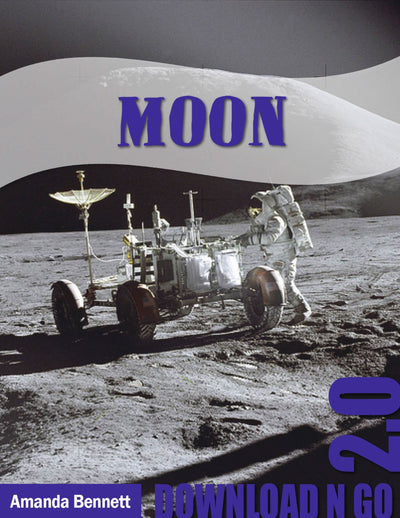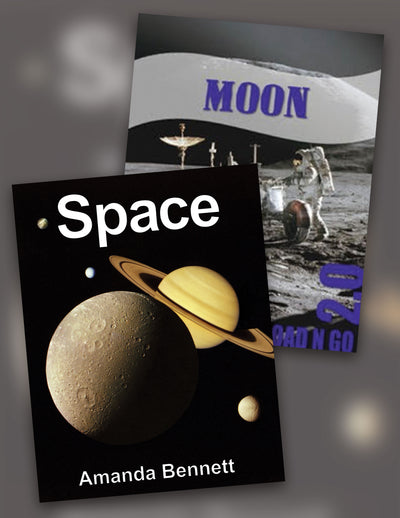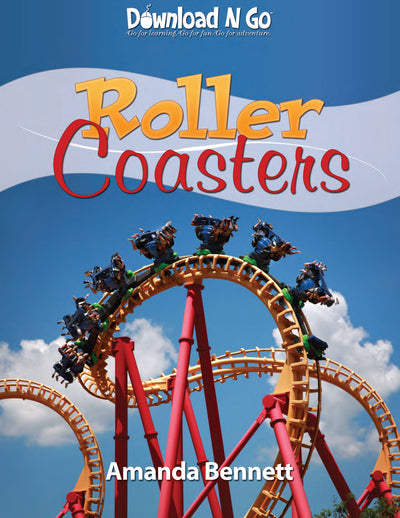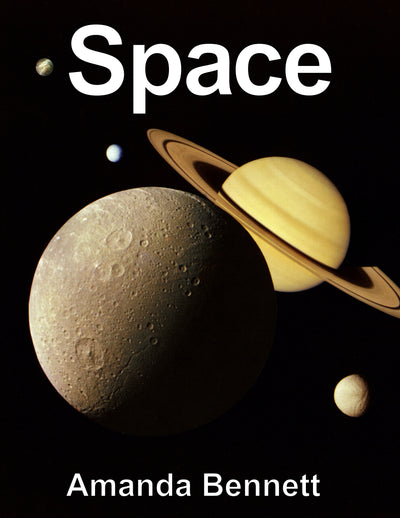How to Keep Science Simple
Science – that word can send fear through parents in an instant. I’ve seen it at conventions, time and time again, and I spend plenty of time taking away the dread and opening the door to wonder. Being a former geeky engineer, I had to learn the truth about science the hard way – by homeschooling a herd of kids. ;) Who knew that some of the core principles of physics could be taught to children with a study on roller coasters? Or that the concepts of orbit, light, and tides could be taught with a study of the moon and a plate of cookies?
roller coasters? Or that the concepts of orbit, light, and tides could be taught with a study of the moon and a plate of cookies?
I used to think of science as an area of academics that had to be learned and endured; a realm of formulas and theories that had to be memorized, categorized, and applied when necessary. I was WRONG, and began to understand my mistake when we started our second unit study – the Space unit study. As I wrote about space for my children, I began to see the universe as one big canvas – not divided up into bits and pieces of science. Concepts like gravity and orbit, trajectory and light – they showed up as understandable parts of the picture, full of wonder and “let’s try this!” kinds of moments. From Copernicus to Isaac Newton, Galileo to Edwin Hubble, the explorers and wonderers have left a trail that isn’t just science – it's history, geography, art, and much more.
We keep science simple and filled with wonder – it’s just one of the elements that they will discover as they explore, if you give them the chance. Curiosity, imagination, and tons of wonder await. Take a step out of the “standard” box and try it for yourself. What have you got to lose?
Blessings,
PS: Begin HERE.














